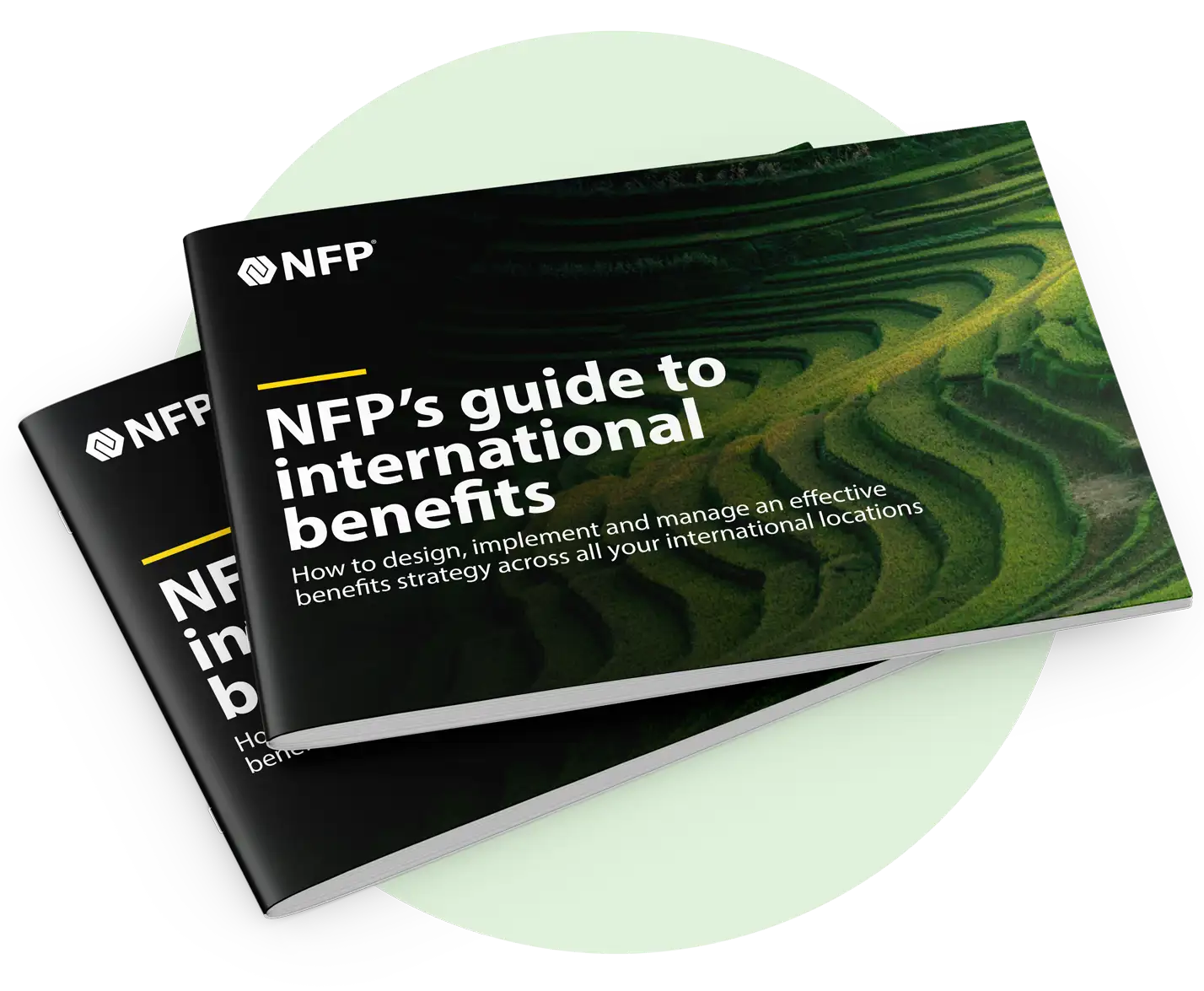Portugal
Introduces menstrual leave
Effective from 25th April 2025, a new paid leave has been introduced.
Up to 3 consecutive days of paid medical leave will be granted each month for individuals suffering from endometriosis and adenomyosis. A total of 36 days per annum will be allowed.
Source: lockton.com
Canada
Introduces new unpaid leaves in Ontario
Effective from 19th June 2025, two new leaves are being introduced, Long-Term Illness Leave and Placement of Child Leave. These are being introduced under the Working for Workers Six Act. 2024.
Long-Term Illness Leave has been amended and increases the current leave provision from 3 days to 27 weeks in a 52-week period. The leave can be taken in segments and employees with over 13 weeks of continuous service will be eligible. Whilst the leave is unpaid, employees can apply to the government for financial assistance for up to 26 weeks.
The second leave applies to the placement of a child. Employees with 13 weeks of continuous service will be allowed up to 16 weeks unpaid leave when adopting a child or placing a child born via surrogacy. Leave can start up to 6 weeks before the placement and can only be taken in one period. The date this leave will apply is yet to be confirmed.
Source: tcf-fca.ca
Taiwan
Expands programmes to boost work-family balance and female employment
Effective from 1st October 2025, companies with established childcare facilities services will be subsidised up to TWD 500,000 per year.
Those with in-home childcare services or that send their employees’ children to childcare services will be subsidised up to TWD 600,000 per year. Employers are also urged to introduce workplace measures to protect the physical and mental health of their female employees, such as carrying out hazard assessment.
Source: mol.gov.tw
Egypt
Completes Labour Law reform
Labour Law No. 14 of 2025 (the “New Law”) was introduced on May 5th 2025, replacing the previous long-standing laws.
There are many improvements made, including but not limited to:
- Public holidays: should an employee work on a public holiday, they are entitled to either claim their entitlement for working in cash, or choose an alternative day off.
- Companies who employ one or more female employees must adopt Female Working Regulations. These specify flexible hours and remote working arrangements especially for women who care for children with disabilities.
- Maternity leave is increased from 3 months to 4 months’ paid leave. This can be taken up to 3 times during their service period. Maternity leave is now accessible from the first day of employment.
- Childcare leave now allows female employees to take up to 3 periods of unpaid leave during their service, once they have a minimum of 1 years’ service.
- Paternity leave is now granted at 1 day of leave for male employees for the day of the child’s birth, up to 3 times during their service period.
- Casual leave is increased to 7 days; an increase from the previous 6 days granted.
- Annual leave will be granted at 15 days for the first year of service and increases to 21 days for subsequent years.
- Exam days are no longer taken from annual leave allowances, so long as a minimum of 10 days’ notice of the exam is provided along with proof of attendance to the exam.
Source: oghlegal.com
Minimum wage increases from May 2025:
Bolivia
Effective from 1st May 2025, the monthly minimum wage has increased to BOB 2,750 up from BOB 2,500.
Source: news.bloombergtax.com
Chile
Effective from 1st May 2025, the monthly minimum wage increased from CLP 510,636 to CLP 529,000. This is due to increase again to CLP 539,000 from 1st January 2026.
Source: news.bloombergtax.com
Hong Kong
Effective from 1st May 2025, the hourly minimum wage has increased from HKD 40 to HKD 42.10 per hour.
Source: labour.gov.hk
Minimum wage increases from July 2025:
The Netherlands
Effective from 1st July 2025, the gross hourly minimum wage will increase to EUR 14.40, up from EUR 14.06 for those aged over 21.
Source: business.gov.nl
NFP's guide to international employee benefits
With more benefits, reward and HR professionals taking on multinational responsibilities, our team of experienced international benefits consultants have created this guide to share their insight into the key aspects of running a successful international benefits programme.
In the comprehensive guide, you'll learn
- What to consider when designing your global benefits strategy
- How to identify the right benefits and provider(s) to deliver them
- How to efficiently run your global benefits programme
- How to review and maintain oversight of your programme

Helping you cut through the complexity of global employee benefits management
Our specialists make streamlining your global employee benefits strategies simple. Our network of trusted partners on the ground understand how to work with the local decision makers and our consultants will help you keep pace with local employee benefits benchmarking within your industry as well as the ever changing market in each country you operate.